The Tsavo Conservation Area, here in Kenya, is comprised of Tsavo East and West national parks, the Chyulu Hills national park, the South Kitui national reserve, and all the lands in between. It even stretches south and across the border into Tanzania. The two largest of these parks, Tsavo East and Tsavo West, 13,747 and 7,065 square kilometres respectively, make up nearly half of Kenya’s protected land.
http://kws.go.ke/content/tsavo-east-national-park
https://kws.go.ke/tsavo-west-national-park
That vast expanse of government protected land is home to incredible biodiversity: from big cats to hyraxes, elephant to kudu, from the fringe-eyed oryx to the critically endangered hirola.
What’s more, it’s a place of storied topographical variety. Tsavo East’s Yatta plateau is the world’s largest lava flow. Tsavo West’s Mzima springs are famous for their crystal clear waters and for the insight that clarity has given us in the study of the hippopotamus’ social design.
Between these epic landmarks, over 500 bird species make their homes in a land variedly covered in acacia scrub, savanna grassland, tangling woodland and the dense greens of riverine forest.
https://ujuzitravel.com/tsavo-conservation-area/
It has many arrows to its quiver, many ways in which it inspires.
For us, at the Tsavo Trust, and for the many, varied and incredible organisations we work with, another of those arrows is the fact that it can be considered an inspirational success in many arenas of wildlife conservation.
Over the years, we’ve seen a dramatic reduction in poaching as well as steady growth to the area’s elephant population. In the last Tsavo wildlife census, carried out in 2017, 12,886 elephant were recorded. Today, we estimate that the number is much closer to 14,000.
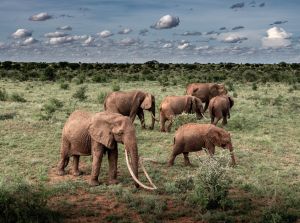
History of the Tsavo Conservation Area
The Tsavo Conservation Area is an example to wildlife management areas the world over. Africa as a whole is not presently witnessing the same positive and uplifting results as those being seen in Kenya. And, as Kenya’s largest wildlife protection area, Tsavo’s successes have a huge impact on the state of the nation’s wildlife conservation.
It wasn’t, however, always like this. Though the Tsavo area is now well-known for its biodiversity and the relatively large numbers of megafauna it plays host to, it was chosen as a wildlife reserve, back in 1949, not because of what it boasted but because of what it lacked.
In 1949, it was estimated that 45,000 elephant and some 8,000 black rhinos lived in what is now called the TCA. Despite these numbers, staggering by today’s standard, Tsavo was not considered to have anywhere near the best wildlife in Kenya. It was gazetted as a park because it was one of the country’s few large pieces of land as yet unclaimed by humanity.
https://conbio.org/groups/sections/africa/act/a-brief-history-of-tsavo-national-park-1
The Tsavo area was, as it is in many parts today, too dry for farming and, in the 1940s and 50s, it was also infested with tetse flies.
These factors, as unkind to human agriculturalists as they were, have proven themselves a boon to Kenya’s wildlife. However, as the staggering disparity between 1949’s elephant population size and today’s stands testament, conservation is only just beginning to turn the tide on a battle that has seen an almost unimaginable loss of life.

Tsavo today: an assessment of the present state of affairs
Obviously, there have been some huge changes in Tsavo since 1949. Since the Convention on the International Trade in Endangered Species (CITES) enforced a worldwide ban on the trade in ivory, in 1989, conservationists here have slowly managed to change the way wildlife is considered in Kenya.
However, preceding that ban, in the ‘70s and ‘80s, poaching and hunting for ivory was such a huge issue that it will take many generations before elephant populations have a chance to meet their 1940s levels. What’s more, history never stands still. Despite that we’ve witnessed here in Tsavo, nearly an 80% reduction in poaching levels since 2017, the African elephant increasingly faces new threats.
Where once Tsavo was considered too arid and insect-infested to support human life, Kenya’s rapid population growth has brought human communities inside the borders of the TCA. Increasingly, the earth’s largest land mammal finds its historic migratory routes clipped short or passing through human habitation.
These are new challenges that conservationists must overcome if the African elephant’s natural way of living is to be protected. Increasingly, we at the Trust have found that Human-Wildlife Conflict (HWC) over security fears, crop-raiding or as it relates to habitat and migratory route loss is the new battleground for elephant conservation.
With Kenya’s human population still rising and with the desire that its elephant population rise also, inventive solutions are necessary if we are to address this issue.
An example of how the uncomplicated method often seems to complicate issues further is seen all too often in the erection of fences for conservation. As fences are erected to protect certain agricultural land, elephant and other wildlife are diverted from these areas and sent along new routes. Often, in their novel, disorientated meandering, these creatures are distressed and in greater likelihood of causing destruction.
This inevitably exaggerates the potential for conflict.
Tsavo Trust’s 10% fence project and Save The Elephants’ beehive fences
The 10% fence project was invented with the Kamungi Community’s specific situation in mind. The members of Kamungi are a part of the wider Wakamba tribal group. The Wakamba, or Kamba, are traditionally organised into flexible social groups with equally flexible territorial bounds. These groups are called Mbai and are based largely on paternal lineage.
Traditionally, within Kamba social structures, male elders oversee and govern the Mbai. Several Mbai in the same area often form into villages or Utui.
The Kamba have always been successful, and long-distanced traders. They are well-known for their artisanal craft industries: for the sale of wood carvings, ornaments, pottery and basket weaving. They are also renowned bee-keepers.
Though long-established modes of existence and social organisation are changing, traditionally, men were charged with economic activities and the responsibility of farming the family’s plot of land was the purview of women. Nowadays, roles are less tied to gender but the produce farmed is largely the same. The Kamba’s farmed plots are tailored to the produce of maize, millet, sorghum and cassava, amongst other things.
Perhaps because of their itinerant nature and their traditional adaptability but also because of very tangible land pressures the country over, the Kamungi contingent of the Wakamba are pressing increasingly closely into the northern boundary of Tsavo West. This community has formed themselves into a conservancy and they live in what is known as the TCA as a Wildlife Friendly Zone (WFZ), a buffer area for wildlife.
The 10% fence plan was developed by Tsavo Trust in 2019, as an innovative model that prevents crop raiding and livestock predation, and with this increase’s food security. This builds on Tsavo Trust’s existing beehive fences, which deter crop raiding elephants (who actively avoid bees). Phase 1 of this project was completed in 2020 with support from the Tofauti Foundation.
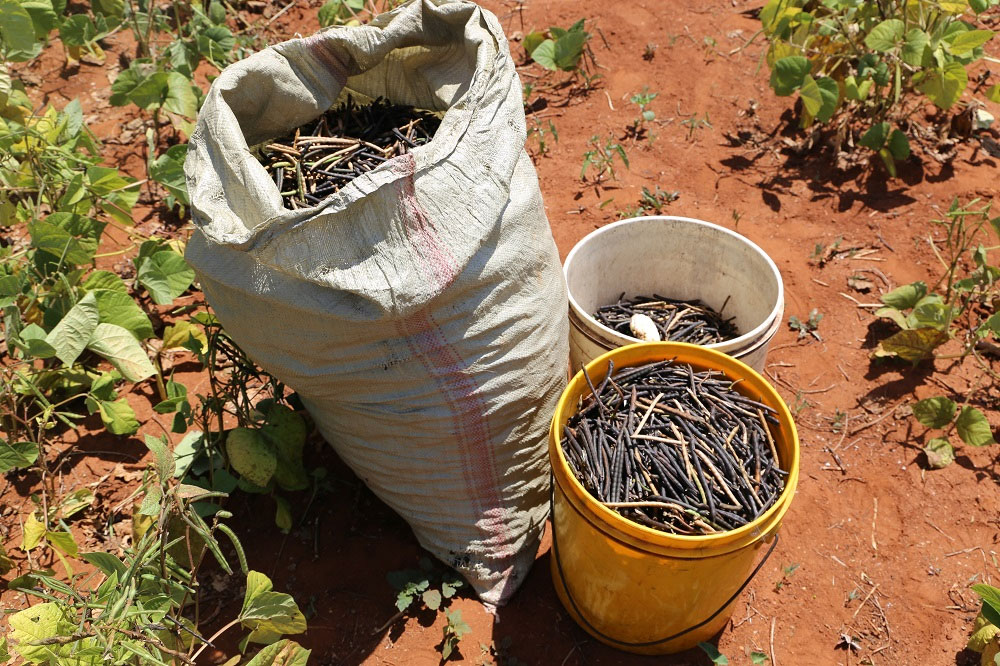
Many Kamungi households own large plots of land (between 20 and 150 acres) within the WFZ. These plots are regularly used by roaming wildlife and any farming previously conducted on them was subject and unprotected from these roaming creatures. The damage to subsistence-abetting crops often inspired a rivalrous relationship between this community and local wildlife.
The 10% fence project, however, has reduced wildlife crop-raiding and improved community perception of it. As the name suggests, the project protects 10% of a plot with electrified, porcupine fencing and that 10% of land goes toward subsistence farming. The other 90% is left for the marginal environment and for the grazing of livestock.
The 10% fence project completed its pilot stage with astounding results. Two out of the three plots which took part in the pilot scheme witnessed a huge increase in crop yield. The third listed limited rainfall as the reason it did not see similar results. And all three said that crop damage as a result of wildlife was dramatically reduced.
The 10% fence project now moves into its second phase, and we hope to see similarly exciting results. This second phase project is supported by the European Union and the Organisation of African, Caribbean and Pacific States through the Biodiversity and Protected Areas Management (BIOPAMA) Programme, Tofauti Foundation and Exodus Travel Foundation as part of a Human-Wildlife Conflict mitigation programme. With this support, Tsavo Trust has already started on the erection of four more fences under the BIOPAMA grant, with approximately 40 people from 4 families benefitting. An additional 5 fences will be installed on 5 farmsteads under the Tofauti and Exodus Travels support.
Alongside this project, the Trust works closely with the not-for-profit organisation Save The Elephants. Save The Elephants ‘Elephants and Bees’ project is a similarly inventive response to the HWC.
Based on well-researched studies into the behaviour of elephant, we have erected 7 beehive fences around the Kamungi community lands. Elephants naturally avoid bees and in the installation of these beehives community farmers have found a reduction in crop damage and a novel industry – the sale of ‘elephant-friendly’ honey.
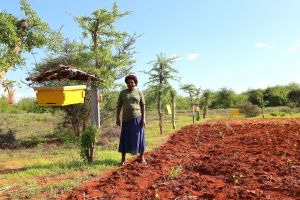
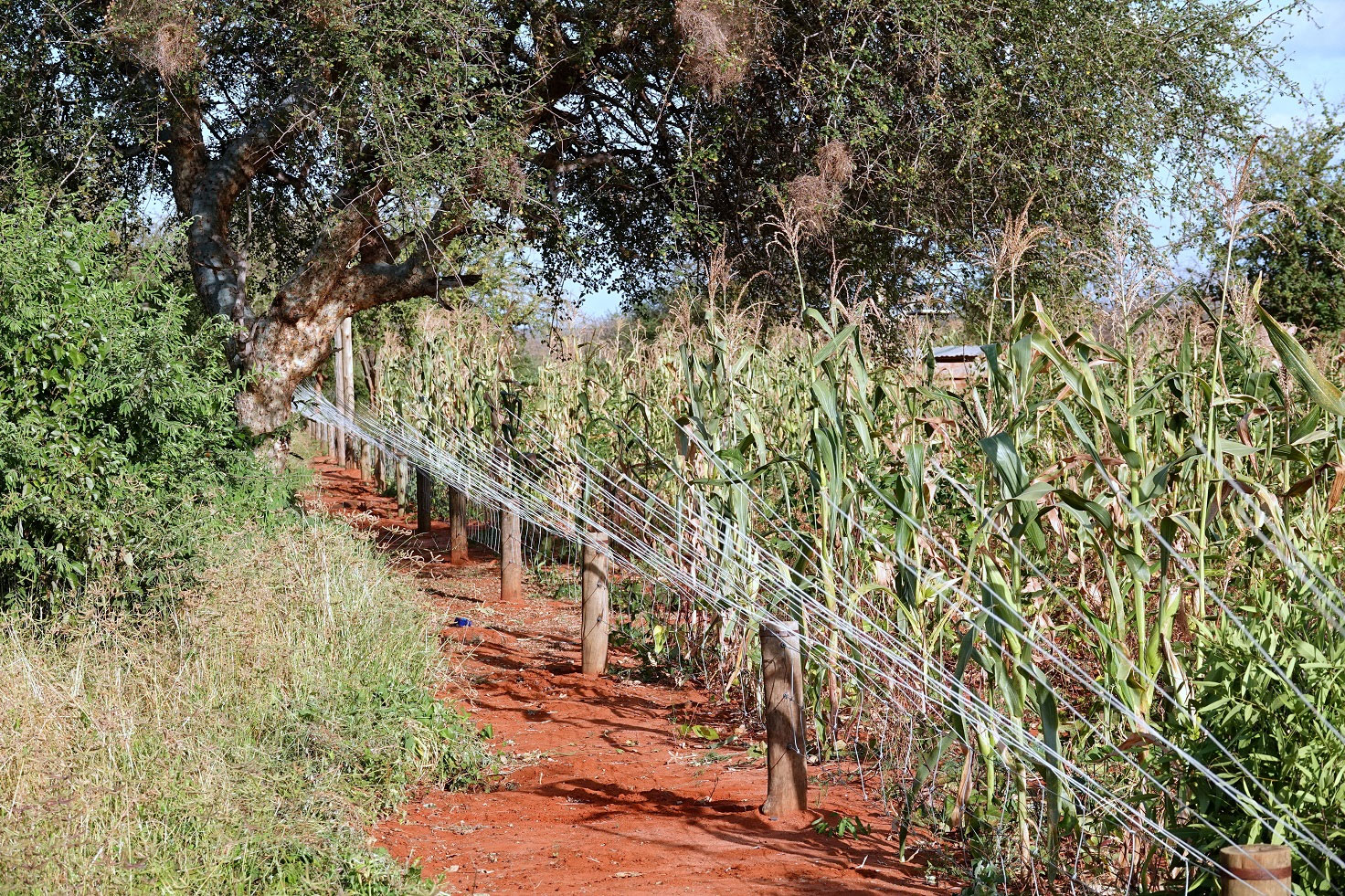
Menacing to majestic: inspiring a change in interpretation
Safari-goers, photographers, travellers passing through Tsavo’s parks as they journey between Mombasa and Nairobi; each have found reason to see the place for its abstract majesty.
For the person looking for inspiration, the landscape and wildlife provide ample opportunity in which to find it. For the person that lives in and amongst the realities of a truly wild corner of the earth – for the members of Kamungi Conservancy and other local communities, for example – seeing past the menace of an elephant and finding this majesty is far harder to do.
What we have found, however, through inventive solutions and the enfranchisement of local communities into the arena of conservation, is that it can be done. What’s more, it must be. If humanity continues to grow at the pace it is, our species will come into closer contact with others.
We must find a way to live peaceably alongside one another. Inventive fencing is one such way but it is far from the only one necessary. We, at the Trust, will continue to provide for and develop on our effective HWC management projects within the Kamungi WFZ.
We will also continue to work closely with the Kamungi Community and with others like them in an attempt to build bridges between them and conservation.
It is this quality that we consider the most profound and exceptional of Tsavo’s powers of inspiration. All the small successes we have seen in inspiring this change in perception of the local wildlife, all the successes we hope to see in the future; these are the most inspiring things about Tsavo.
For more information on the work we do with the Kamungi, Shirango and other local communities, follow this link.
https://tsavotrust.org/programmes-projects/#Community

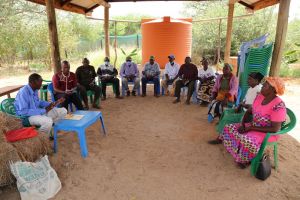
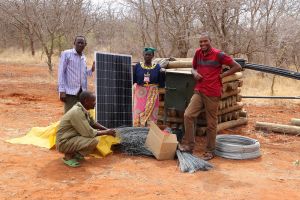
Related News

prev





